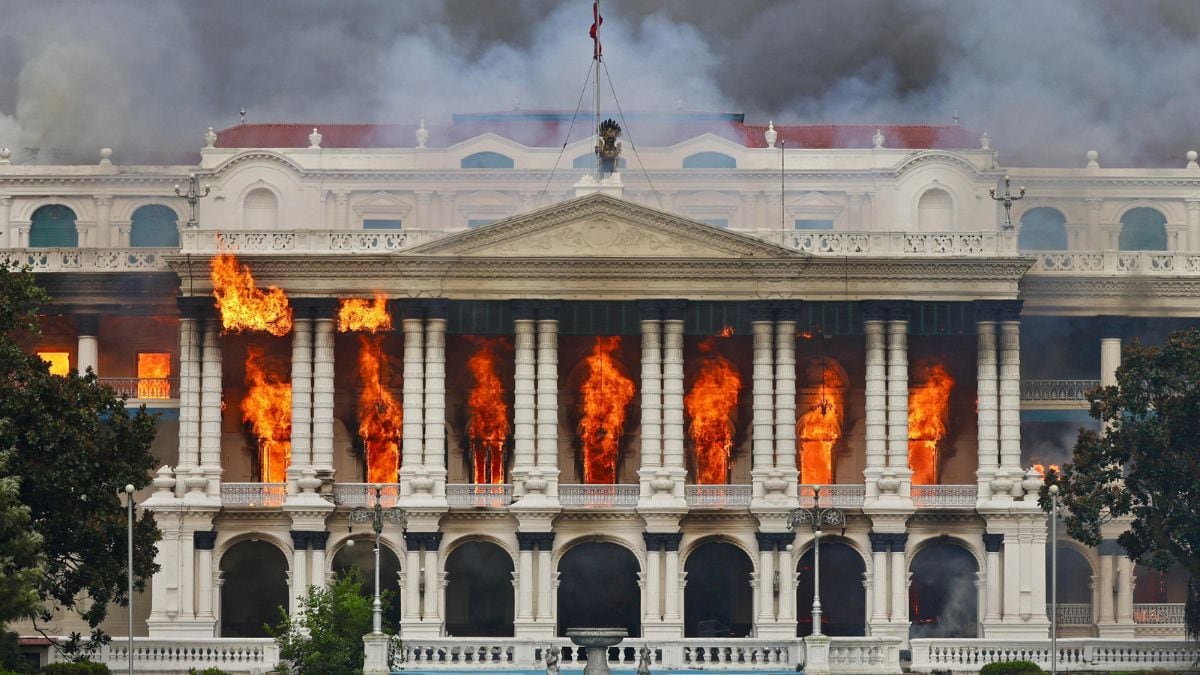Paris: The road to Paris has been painstakingly slow, and while it can occasionally seem like consensus is a chimera, agreements have been built over time. This is a brief look at key negotiations and what they have achieved: [caption id=“attachment_2521722” align=“alignleft” width=“380”]  Long road to the Paris climate talks/ Reuters[/caption] RIO DE JANEIRO 1992: At what became known as the Earth Summit in Rio, about 190 countries, including the United States, ratified the UN Framework Convention on Climate Change (UNFCCC). The first of its kind, the treaty set out the aim of stabilizing “greenshouse gas concentrations in the atmosphere at a level that would prevent dangerous anthropogenic interference with the climate system.” BERLIN 1995: Berlin hosted the first Conference of the Parties (COP) to the UN framework agreed to in Rio. Since then, 20 such conferences have taken place - the upcoming talks in Paris will be the 21st conference of the parties. In Berlin, the parties agreed that commitments were “inadequate” for reaching the goals set out in Rio and outlined a process for stronger commitments from developed countries - exempting developing countries from the mandate. KYOTO 1997: The protocol that emerged from the Kyoto meetings contained some of the first concrete steps towards the Rio goals. Industrialized nations agreed to reduce their output of greenhouse gases by 5 per cent from 1990 to 2012. Some 150 countries signed the protocol. The United States was one of the signatories, but the protocol was never ratified by the US Congress. A protocol is an agreement that adds to an existing treaty - in this case, the Kyoto protocol was added to the UNFCCC. It went into force in 2005. Its first commitment period lasted from 2008 to 2012. MARRAKESH 2001: At COP 7, countries agreed to a set of a rules outlining how countries would go about meeting the targets set out in the Kyoto Protocol. In other conferences around this time, agreements were also forged on technology transfer and financial assistance for developing countries. COPENHAGEN 2009: Attendees failed to agree on a follow-up to implement after the Kyoto Protocol’s expiry in 2012. Nations did, however, agree to the Copenhagen Accord, acknowledging they “recognized the scientific view” that the Earth’s temperature should not increase by more than 2 degrees Celsius. The accord was adopted the following year in Cancun, Mexico. DURBAN 2011: Countries agree - in what is called the Durban Platform for Enhanced Action - to finalize a universal climate agreement by 2015 that lays down concrete goals for reductions starting in 2020. The European Union and 10 other countries agree to a second phase of Kyoto to extend through 2017. DOHA 2012: Nations agree to extend the Kyoto Protocol through 2020 in order to cover the time period until the agreement planned for 2015 is scheduled to come into effect.
The road to Paris has been painstakingly slow, and while it can occasionally seem like consensus is a chimera, agreements have been built over time. This is a brief look at key negotiations and what they have achieved:
Advertisement
End of Article
Written by FP Archives
see more


)

)
)
)
)
)
)
)
)



